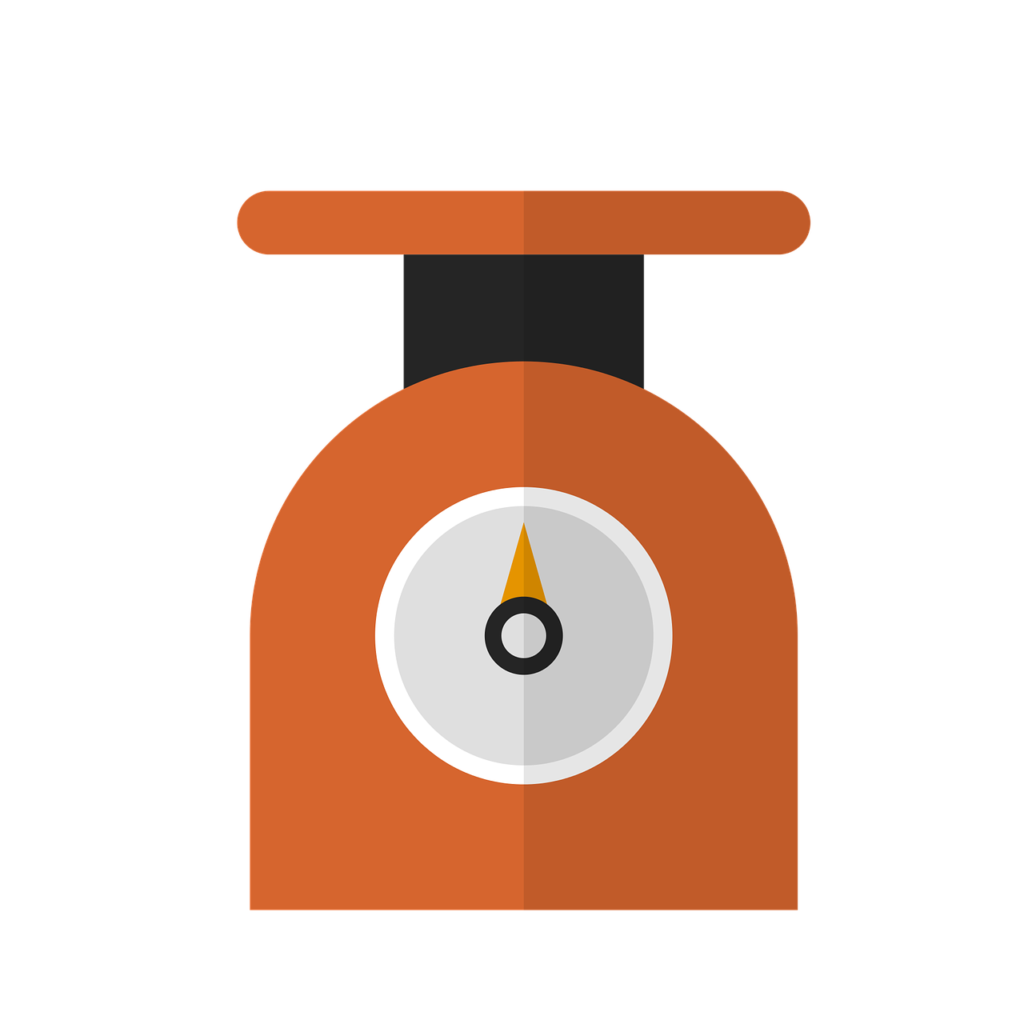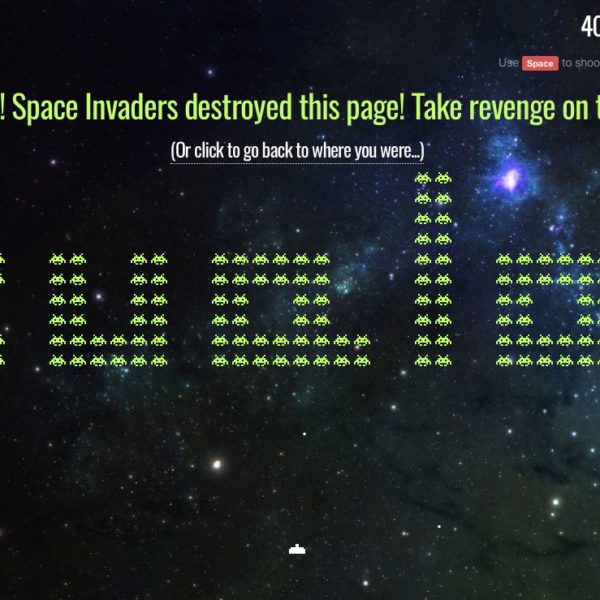Recently, I’ve been working with a university who has a lot of very complex information on their website. Their content has to simultaneously speak to a range of audiences including students, prospective students, current staff and more. The problem of many audiences often makes for long pages that are hard to decipher. So how do you keep that content clear for everyone without making content too complicated?

1. Pick the perfect page length.
Lots of clients want to know what’s the perfect length for a web page, which is like asking how long is a piece of string. The perfect length depends on what you want the page to do.
On Medium, they define their page length by reading time, with the magic number being a 6-7 minute read (along with a lot of other recommendations for writing a successful Medium article). As Medium puts their average reading speed at 275 words per minute, this gives you a roomy 1650-1975 words.
The reasoning for this is that articles or blog posts on Medium are “chewy content” – deeper pieces to mull over and spend some time on. They are often bookmarked for longer reads on public transport or on desktops while sipping a cup of tea.
But the majority of pages on the web are the other kind: task-based and clear. Rather than chew, these users want you to act. When you’re dealing with pages like this, don’t waste time on words. Be ruthless and let other parts of the page (calls to action, for example) do the work. As Steve Krug advises in the excellent web usability book, Don’t Make Me Think, “Get rid of half the words on each page, then get rid of half of what’s left.”
The Neilsen Norman Group (NNG) have research that puts an “easy” read on the web at an average length of 404 words, while a hard article averages 988 words. Think about getting all your pages down to this “easy” level to keep users moving through them. (Ironically the NNG do this in an article that tips the scales at 2,117 words, but this is a very chewy article with interesting discussions of reading level.)
When recommending an ideal word length, think about the user context. If they’re on a mobile and want to act, then trimming pages back to 200 words or less is the ideal. And the keyword here is “ideal”, giving your content creator a goal to aim for.
2. Give every page a purpose
Every page of your site should serve a purpose. Seems obvious, but when you sit down with clients, they often find a lot of their pages are trying to do too much. The conversational equivalent would be blurting out everything about yourself on a first date.
If your pages are really tangled, then try a page purpose statement. You won’t need this for every page but for high-use pages it can make a big difference and give your content creators some clarity. If a page has many owners, then bring them all together and ask them to write a single sentence about this contested content. Avoid conjunctions and internal jargon (“…and supports the whole organisation’s vision”) so this sentence should be easily read by anyone in one breath.
This gives you a guide to edit against: If it doesn’t fit the page purpose statement, it gets cut. But never finally cut. Paste it into another document and, if it is a really complex page, start putting in sub-headings.
If a Finding Us page is about telling customers your physical address, then pull out the information about your social media accounts or email info and put it into another doc. These offcuts can form another page (possibly Contact Us and Social Media depending on how much content there is on each). This will also help stakeholders who don’t want to get rid of this vital content because nothing is ever gone – it’s just being repositioned on the site so users can find it more efficiently.
You can align several page purpose statements together to make a journey (for example “Give information about a product” leads to a page that is “Purchase product” and then “Thanks for shopping with us”). Not all tasks will be as simple as clicking to another page and some tasks will need multiple options but where you have a process keep pages short and users active.
Further down the track, you can look at these page purpose statements and use them as part of your SEO and how it can give you synonyms to make your page more findable. But always start by writing pages for people first and search engines second.
3. Simplify the task on the page
Again, this is a method to cut through the confusion. What would you like your user to do next? This is a good way to prioritise links on a page. Judicious linking is best. Think about where you want to send your user next rather than linking “just in case” they might need more information. If your page purpose is a question, then this action should be the answer.


